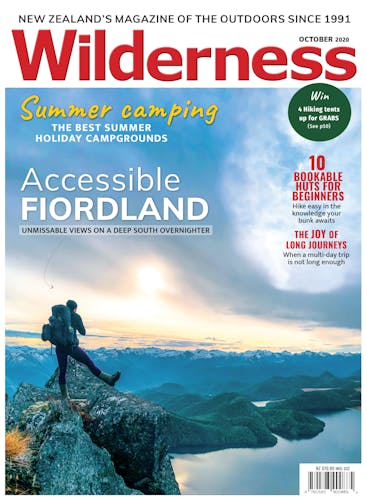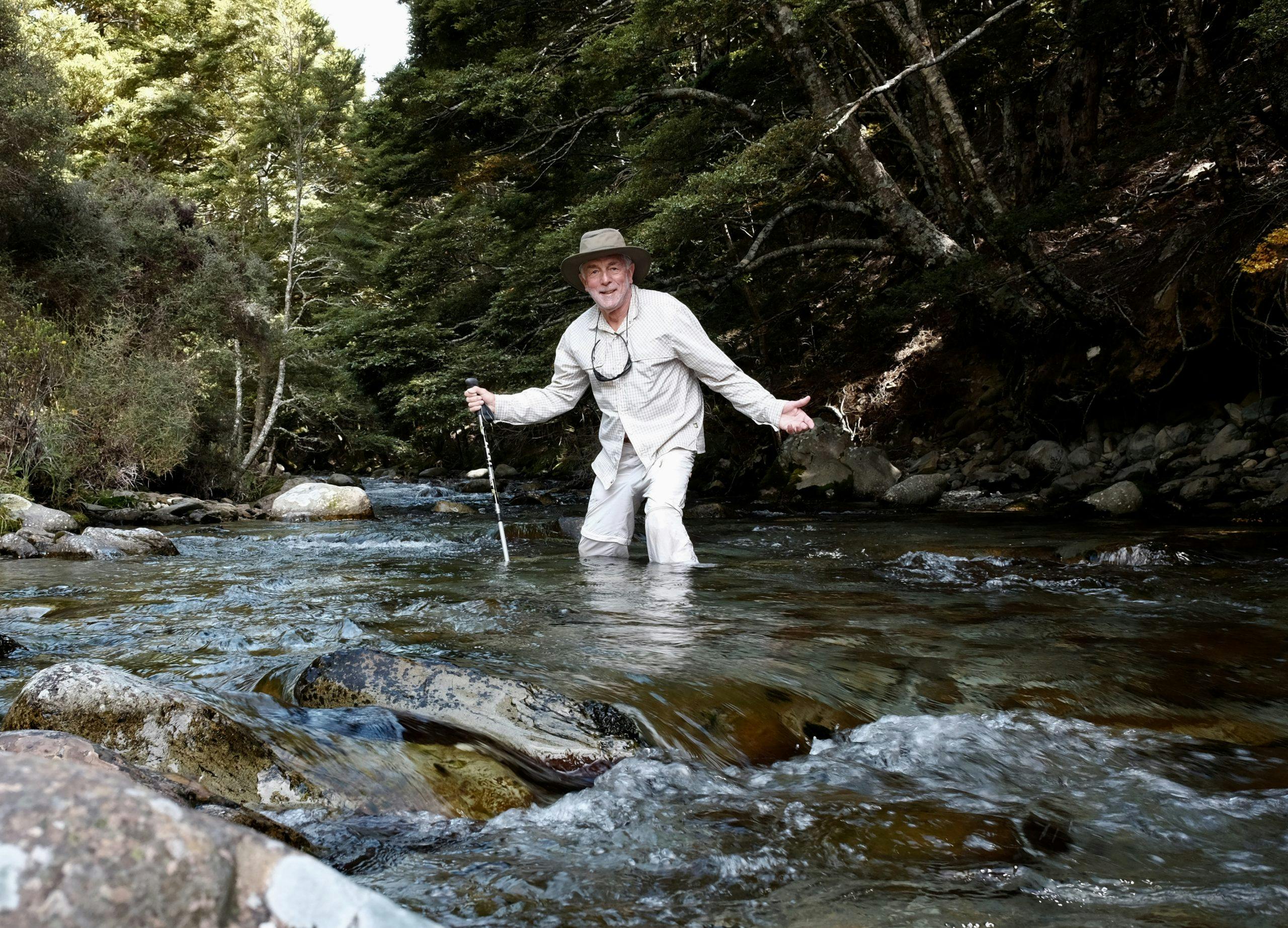Dougal Rillstone is a lifelong fly-fisher who walked the length of his most beloved river to write a tribute to it. His book, Upstream on the Mataura, chronicles his 240km walk and he spoke to Alistair Hall about his journey
Let’s start with the obvious: why walk the Mataura River?
For some time, I’ve wished that someone had written about the river way back and left a record of it so that somebody like me, living now, could read about what it meant to people and what they felt about the river sometime earlier. That was something I wanted to do.
But you’ve never written a book before – was it difficult?
Along with walking up rivers, books have been central to my life and as a consequence I’ve held them in such high regard that I never saw myself as somebody who would write one. It was made more difficult for me because I didn’t want to write something that reflected poorly on the river – it was meant to be a tribute to the Mataura and so I wanted it to be good. It took me a long time to feel like I had the confidence that I could do it in the way that I wanted.
What did you discover on your walk?
The lower river was more difficult to walk beside than further up. I hadn’t realised the extent to which the lower river has been fenced off from livestock. That’s a wonderful thing in many ways, but the downside is that there’s been this growth of vegetation along the riparian strips and it’s a bit of a jungle to be honest. By the time I got way up the river I was feeling quite walk fit and I could have gone on forever, I had this deep sense that I was part of the landscape – it sounds a little corny but I became really at one with the landscape.
You warn about the decline of rivers – what’s going on do you think?
Our attitudes to rivers have improved over the years – we value them more now than in the 50s and 60s. But the downside has been the intensification of agriculture and the impact of nitrates in particular. It’s that over-fertilising of the rivers and the sediment that’s running off the land that is smothering the insect life – and my fly fishing hinges around the hatching of insects.
If you just drive past rivers quickly, on the face of it they can look good. But it’s in the detail that you realise just how much they have changed.
How would you rate the Mataura as a trout fishery today?
It’s still a fantastic fishery. The population of trout in the river remains really high and even in its slightly degraded state it’s a world class trout fishery.
Do you fish for food or sport?
Eating trout has become less of a thing for me now than when I was young when I pretty much killed every trout I could inside the limit. Now we – myself and my friends – enjoy eating them but we’re careful about which fish we keep – 95 per cent of them would be released.
You’re an expert fisher – what’s your average catch on the Mataura?
It’s a difficult thing to say about yourself, but I am probably in that skilled angler class. I mean, some days maybe I catch one or two but every now and again I get 20, 25 in a day.
What is it about fly-fishing that you enjoy so much?
It’s an activity that rewards skill and experience. It’s also, most of the time, an absolutely beautiful thing. Casting I find to be an act of grace really, casting a fly line looking to put these tiny, tiny flies in front of a trout’s face without spooking what is still a wary creature remains something that keeps me going back to it because it’s hard and because I love the place.
You loved the Mataura before writing the book. How do you feel about it now?
Ever closer to it really. I’ve deepened my affection for it and the walk definitely helped me put it in perspective in my life, just how important it’s been.
Upstream on the Mataura is available in the Wilderness store. Subscribers get a 10% discount.








